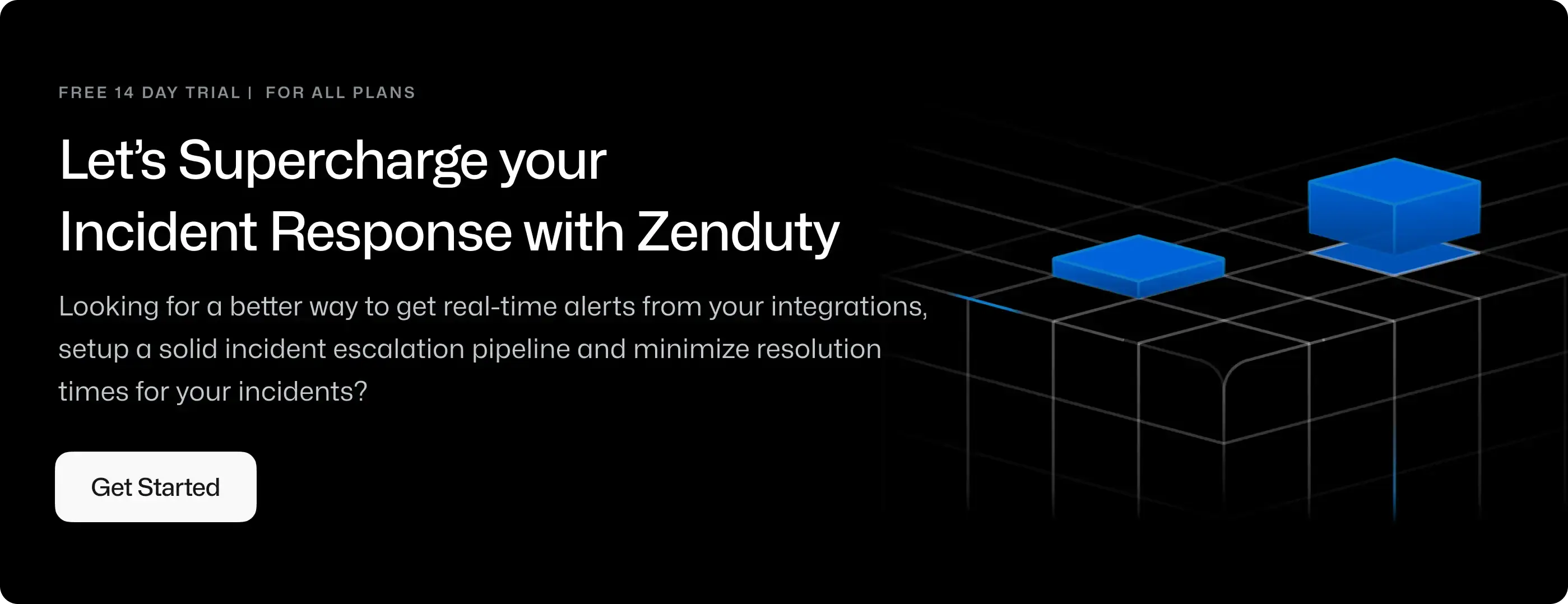Honeycomb Integration Guide
Honeycomb provides full-stack observability for modern engineering teams to understand, debug, and improve production systems. Founded on the experience of debugging problems at the scale of millions of apps serving tens of millions of users, it empowers every engineer to the instrument and queries the behavior of their system.
With the Zenduty-Honeycomb integration, you would be able to create new Incidents/Alerts in Zenduty whenever any Alert in Honeycomb is triggered.
You can also use Alert Rules to custom route specific Honeycomb alerts to specific users, teams or escalation policies, write suppression rules, auto add notes, responders and incident tasks.
To integrate Honeycomb with Zenduty, complete the following steps:
In Zenduty:
-
To add a new Honeycomb integration, go to Teams on Zenduty and click on the team you want to add the integration to.
-
Next, go to Services and click on the relevant Service.
-
Go to Integrations and then Add New Integration. Give it a name and select the application Honeycomb from the dropdown menu.
-
Go to Configure under your integrations and Copy the generated Webhook URL.
In Honeycomb:
-
Log into Honeycomb, and head to the Team Settings Settings.
-
In Team Settings, head to the Integrations tab to create a new integration.

-
For the new Integration, from the dropdown, select the WebHook option and give it a suitable alias. Also paste the copied url under Webhook URL

- The Shared Secret part of the webhook, does not matter in this integration. Therefore, you can name it whatever.
-
Proceed by saving the webhook and also testing the webhook by clicking the Test button.
- The test alert will create a Incident and be shown on your Zenduty Incident Page, if it is successful.
-
Next, go to Triggers and Create a new Trigger for the dataset you manage, to make use of the new Integration that was created.

-
Define the Trigger as you please, defining the conditions for which the alert is to be triggered.
-
In the Recipients section at the bottom, click Add Recipient and select the previously made webhook integration.

-
Save the Trigger.
-
Honeycomb is now integrated with Zenduty.
